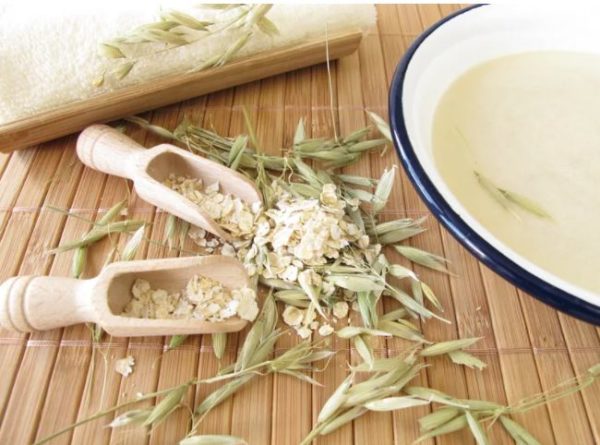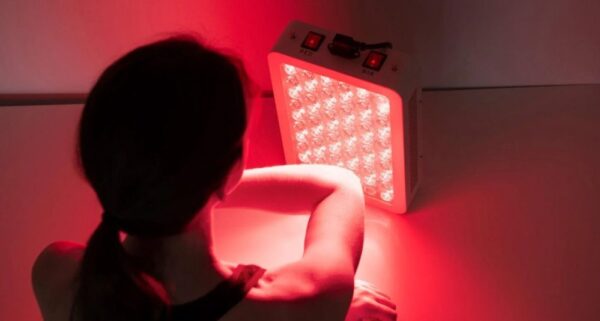Lifestyle
All you need to know about milk bath for skin

What is a milk bath?
A milk bath is exactly what the name implies — a bath with milk, and usually other natural ingredients. Adding milk to your bath water can help to hydrate and soothe your skin, improve inflammatory skin conditions and promote healthy aging.
Types
The benefits of a milk bath will vary depending on the type of milk you choose to use. Although Cleopatra used donkey’s milk in her baths, there are definitely some other nourishing options out there, and many of them of plant-based. Here’s a rundown of the best milks for your at-home milk bath:
1. Coconut milk
Coconut milk contains lauric acid, a medium-chain fatty acid that has antimicrobial properties and supports skin health. Just like applying coconut oil topically, coconut milk has moisturizing and anti-inflammatory effects. It may even help with wound healing and increasing the turnover of collagen, which is a proven benefit of coconut compounds.
2. Oat milk
Have you ever heard of an oatmeal milk bath? It’s usually a combination of milk and ground oats. Some oatmeal milk bath recipes call for coconut milk, some call for cow’s milk — but why not make it with vegan-friendly, nutrient-rich oat milk? It’s a gentle, soothing milk that will promote healthy aging and improve common skin issues like dry skin and eczema.
3. Almond milk
Try an almond milk bath to soothe, hydrate and restore your skin. Because almond milk is rich in fatty oils, it leaves your skin feeling soft and supple. It’s also a great plant-based option that’s easy to find in your local grocery store.
4. Goat milk
Goat milk contains lactic acid, which helps to break down dead skin cells and leaves your skin feeling smoother. It also works to moisturize your skin, reduce inflammation and improve acne because of its anti-bacterial properties. Have you ever tried goat milk soap? If so, you know how nourishing it can be to dry skin — so imagine what soaking your entire body in goat’s milk can do.
5. Butter milk
Buttermilk is a good source of lactic acid. Research suggests that applying lactic acid topically increases skin firmness and thickness, and improves skin smoothness. Lactic acid also works as an exfoliating agent that helps to remove dead skin cells. Taking a buttermilk bath can help to reduce the appearance of fine lines and wrinkles and promote healthy aging.
6. Breast milk
If you’re looking to make a milk bath for baby, human breast milk is the best choice. Studies show that applying breast milk topically has anti-inflammatory effects and can be used to treat skin problems like eczema and diaper rash.
How to & milk bath recipe
Step One — Run hot water: You want to create a relaxing environment, so get that warm to hot water running, dim the lights and maybe light some candles, too.
Step Two — Pour in your milk of choice: You can add milk to your milk bath in two ways — simply pouring milk right into the bath water or using powdered milk. Either way, you’ll want to use 1—2 cups, depending on how much water you have in your bath.
Step Three — Choose your add-ons: There are many plant-based ingredients that you can add to your bath water for their healing, nourishing effects. Many milk bath recipes include a carrier oil and essential oils. Some commonly used milk bath add-ons include:
- Carrier Oils
- coconut oil
- jojoba oil
- sweet almond oil
- arnica oil
- avocado oil
- pomegranate seed oil
- Essential Oils
- lavender
- rose
- frankincense
- chamomile
- clary sage
- grapefruit
- geranium
- Other Add-Ons:
- epsom salts
- baking soda










